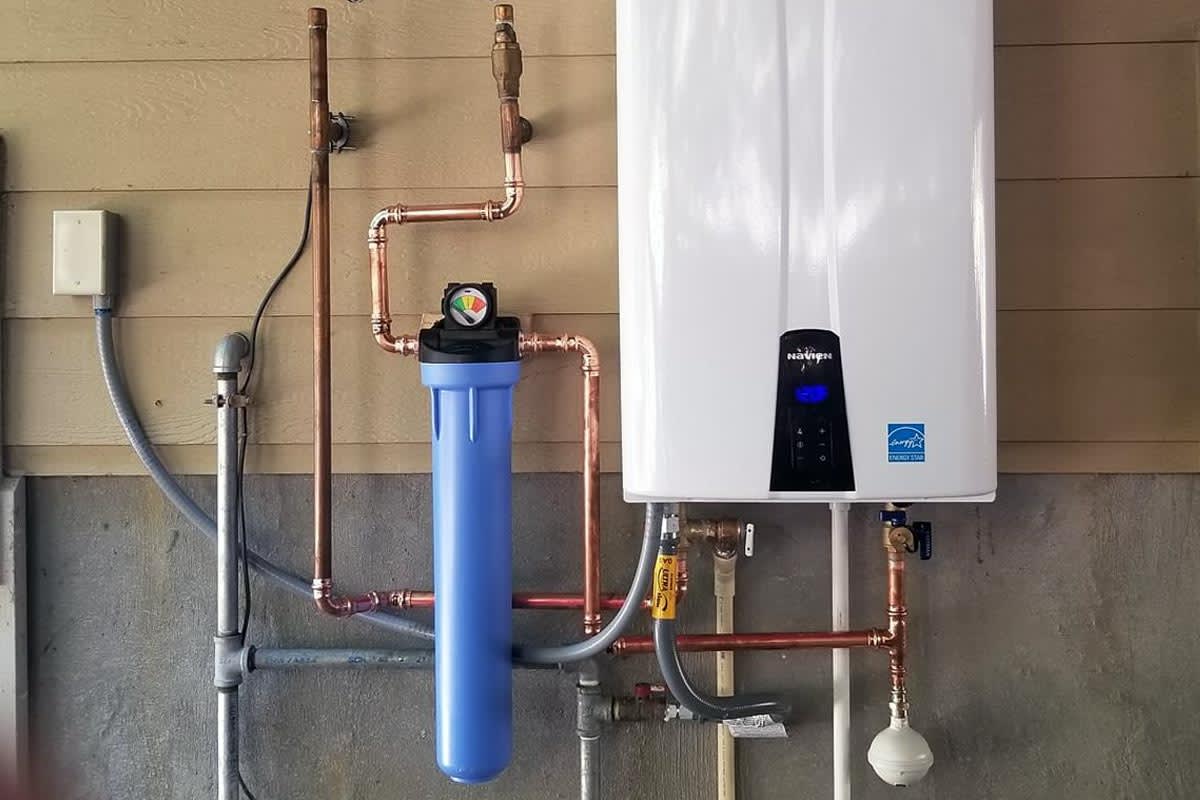Step-by-Step Guide to Caring for Your Home's Hot Water SystemWays to Effectively Maintain Your Home's Hot Water System
Step-by-Step Guide to Caring for Your Home's Hot Water SystemWays to Effectively Maintain Your Home's Hot Water System
Blog Article
The article further down on the subject of What Kind of Maintenance Do Water Heaters Need? is totally interesting. Read it for your own benefit and figure out what you think of it.

Hot water is crucial for everyday convenience, whether it's for a rejuvenating shower or cleaning dishes. To guarantee your hot water system runs efficiently and lasts much longer, regular upkeep is essential. This post provides functional pointers and insights on how to keep your home's hot water system to prevent disturbances and expensive repairs.
Intro
Maintaining your home's warm water system could seem overwhelming, but with a couple of simple steps, you can ensure it runs efficiently for years ahead. This guide covers whatever from understanding your hot water system to do it yourself maintenance ideas and knowing when to contact expert aid.
Significance of Keeping Your Hot Water System
Routine upkeep not only extends the life expectancy of your warm water system but likewise guarantees it operates successfully. Neglecting maintenance can bring about lowered efficiency, higher power costs, and even premature failing of the system.
Indicators Your Warm Water System Needs Maintenance
Understanding when your warm water system needs attention can avoid significant concerns. Look out for indications such as irregular water temperature level, strange noises from the heating system, or rustic water.
Recognizing Your Hot Water System
Prior to diving into upkeep tasks, it's valuable to recognize the standard parts of your warm water system. Typically, this includes the hot water heater itself, pipes, anode rods, and temperature level controls.
Monthly Maintenance Tasks
Normal monthly checks can assist catch minor concerns before they escalate.
Purging the Hot Water Heater
Flushing your hot water heater removes debris buildup, enhancing performance and extending its life.
Monitoring and Replacing Anode Rods
Anode poles prevent rust inside the storage tank. Inspecting and replacing them when worn is crucial.
Checking and Changing Temperature Level Settings
Readjusting the temperature settings makes certain optimal performance and safety and security.
DIY Tips for Upkeep
You can execute several upkeep tasks yourself to maintain your warm water system in leading condition.
Checking for Leakages
Regularly inspect pipes and links for leakages, as these can lead to water damages and greater costs.
Evaluating Pressure Relief Valves
Checking the stress safety valve guarantees it functions correctly and stops too much pressure buildup.
Protecting Pipes
Shielding hot water pipes minimizes warmth loss and can conserve energy.
When to Call an Expert
While do it yourself upkeep is advantageous, some problems need specialist expertise.
Complex Issues Needing Expert Aid
Instances consist of significant leaks, electrical problems, or if your water heater is regularly underperforming.
Routine Expert Upkeep Perks
Specialist upkeep can consist of detailed inspections, tune-ups, and ensuring conformity with safety and security criteria.
Verdict
Normal maintenance of your home's hot water system is crucial for performance, durability, and cost savings. By adhering to these ideas and knowing when to seek specialist assistance, you can ensure a reliable supply of warm water without unforeseen disruptions.
How to Maintain an Instant Hot Water Heater
Before tinkering with your hot water heater, make sure that it’s not powered on. You also have to turn off the main circuit breaker and shut off the main gas line to prevent accidents. Also turn off the water valves connected to your unit to prevent water from flowing into and out of the appliance. 2. When you’re done, you have to detach the purge valves’ caps. These look like the letter “T” and are situated on either side of the water valves. Doing so will release any pressure that has accumulated inside the valves while at the same time avoid hot water from shooting out and burning your skin. 3. When the purge valves’ caps are removed, you have to connect your hosing lines to the valves. Your unit should have come with three hoses but if it didn’t, you can purchase these things from any hardware or home repair shops. You can also get them from retail stores that sell water heating systems. Read the user’s manual and follow it to complete this task properly. When the hosing lines are connected, open the purge port’s valves. 4. You should never use harsh chemical cleaners or solutions when cleaning your unit. Make use of white vinegar instead. It should be undiluted and you’ll probably use about 2 gallons. 5. Now flush your water heater. This task should probably take about 40 minutes. We can’t give you specific directions for this because the procedure is carried out depending on the type, model and brand of your heater. With that being said, refer to the user’s manual. 6. When you’re done draining the unit, you have to turn off the purge port valves again. Remove the hosing lines that you earlier installed on each of the water valves. Put the valve caps (purge port) back in their respective places and be very careful so as not to damage the rubber discs that are found inside these caps. 7. Now that everything’s back in place, check your user’s manual again to find out how to reactivate your water heating system. 8. Once it is working, turn one of your hot water faucets on just to let air pass through the heater’s water supply pipes. Leave the tap on until water flows smoothly out of it. https://www.orrplumbing.com/blog/2014/september/how-to-maintain-an-instant-hot-water-heater/

I recently found that write up about What Kind of Maintenance Do Water Heaters Need? when doing a lookup on the internet. So long as you enjoyed reading our page kindly do not forget to pass it around. We take joy in your readership.
Source Report this page